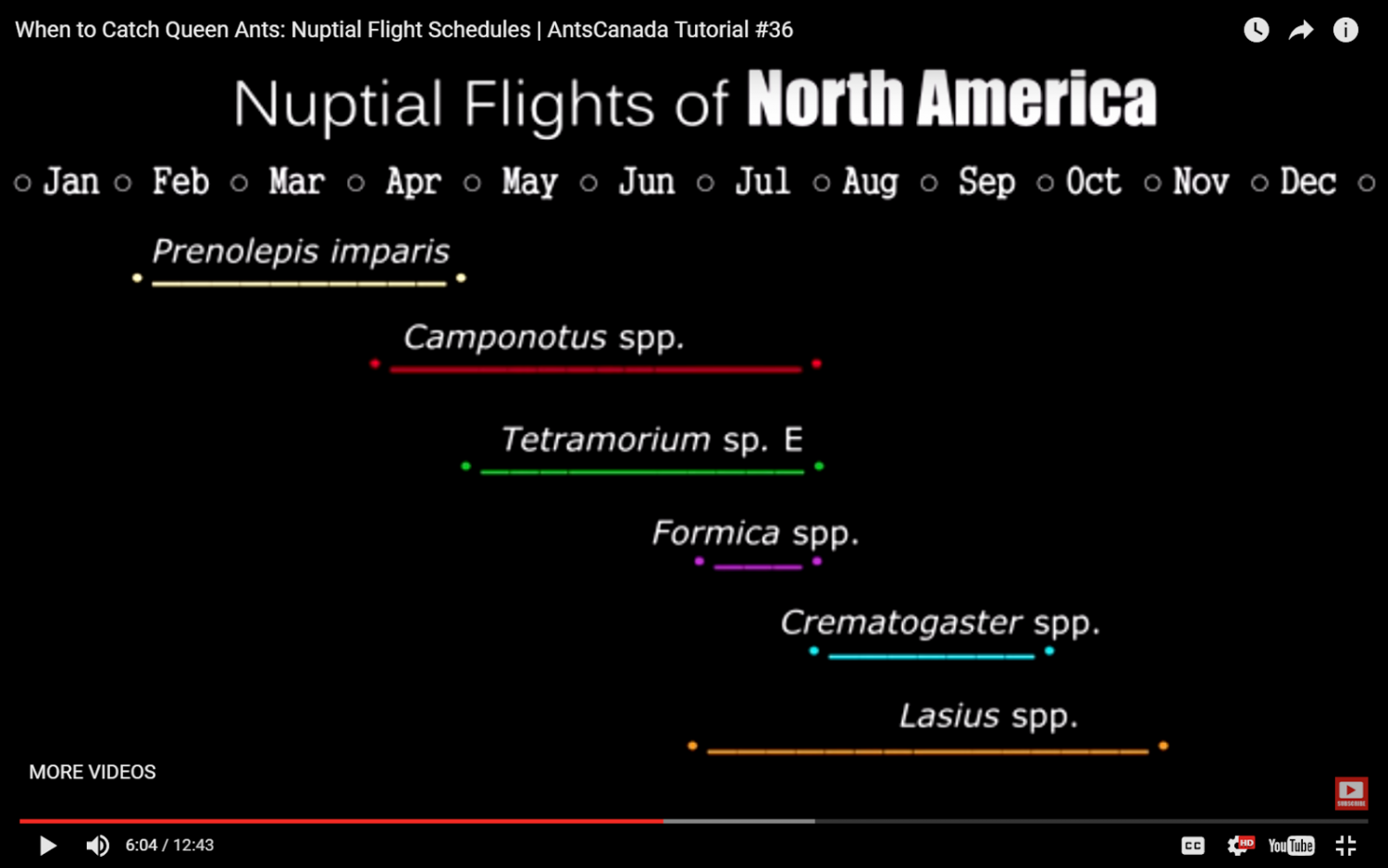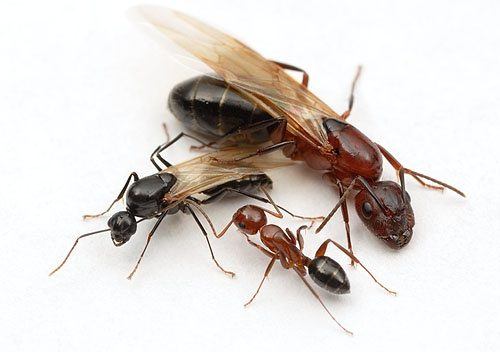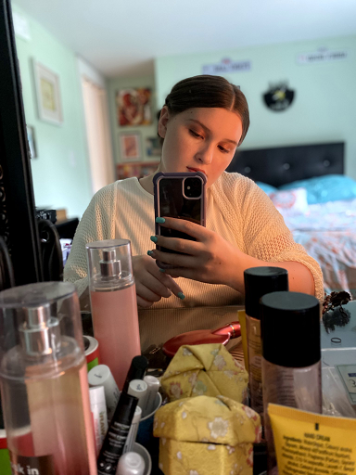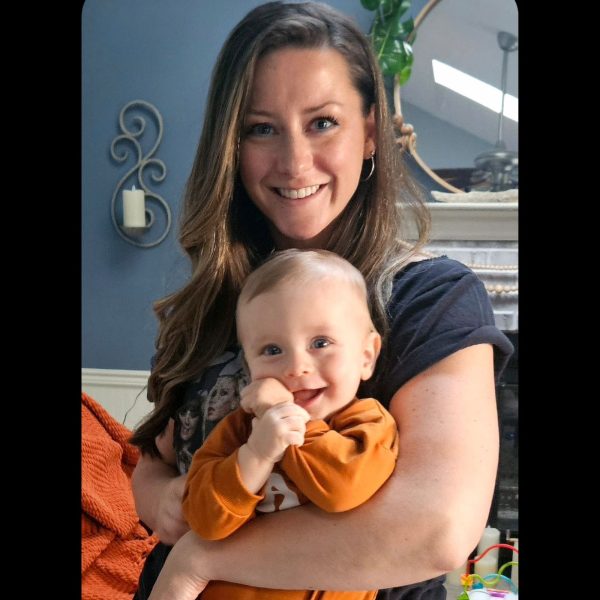Try Something New: Ant Keeping!

May 23, 2017
What is ant keeping?
With spring here and summer just around the corner, many species are waking up from their long winter hibernation. One small species of creepy crawlies are not just simply waking up from hibernation however, as the last month of winter through to the end of the summer months signal the beginning of Ant Alates Nuptial flights. During this time, Virgin Queens and Male Drones fly high into the sky to seek suitable mates from different colonies, with the young Queens mating with upwards of 3 or more of the soon to be dead males. These Queens then will shed their wings (though for some unknown reason a Queen may keep hers attached for life) and find a suitable crack or spot to dig in, where she will begin her brood.
What does this have to do with ant keeping? Well, if you’ve ever kept an ant farm, you usually will get a shipment of 30 or so workers who will dig, eat, sleep and die within 3 to 6 months within a glass case as little more than a shelf display item. With a Queen however, you now have the ability to orchestrate the rise of a great insectoid empire, and watch it grow from a single Queen to thousands of workers. While it is a good chunk of work, not for the light-hearted, it’s no more than with any other pet, and in many ways is much easier than keeping a dog, cat or even another species of insect.
How Do I Start?
(You do not need to read this section if you simply want to buy a Queen. Please keep in mind to only buy native born species, as the across state/seas black market, which yes, exists, is not only illegal but extremely cruel. IF you wish to buy a Queen, buy them from a site like ants.Canada.com, as they connect you with local ant keepers who can provide you with native grown hives or Queens caught straight from the source. I would recommend to catch your own Queen however, as from personal experience it’s much more fulfilling.)
In many ways, beginning a colony can seem like almost more of science experiment. This is because, while not necessary, I would recommend you bring decent sized test tubes, a standard one from any science class should do, and fill it up about halfway with water. Then, wash your hands vigorously before pressing a cotton ball down into the tube until it’s fully within the water. Make sure to not push the cotton down too far, as this will cause water to leak through and flood the tube. You can use a cotton ear swab to dab up any excess water. Once you have your queen within this tube, simply place a cotton ball within the other end and press it until she has about a three inch space. This should stimulate her underground claustral cell, and should provide the water she needs for several months. If you feel as though the cotton was too tight when you put it in, and are afraid of your queen suffocating, then simply tear the cotton ball in half and press it in once more.
One alternate method to this is to take a small glass case, jar or any other see through surface and follow a similar method by placing cotton within a water reservoir or to fill the bottom of the case with cotton balls, which must be watered regularly. The downside of this, however, is it will cause you to have to handle and interact with your queens habitat on a regular basis, possibly stressing out the young mother.
Now, before you put your ant within her test tube setup, you have to first catch her. Despite our cold climate, New York contains a vast assortment of ant species, but the most common and easily kept are Carpenter ants(Camponotus Pennsylvanicus), who dig and tunnel into rotting wood, pavement ants (Tetramorium caespitum), some of the smallest ants who live in semi nomadic nests in cracks or beneath large stones, and field ants (Formica spp.), the classic ant who also burrows in wood, but more commonly create massive mounds within forests or backyards and are the ones you usually see in your kitchen. These are not the only species however, as even in the chart below contains only a fraction of all the Ant nuptial flights, the ones shown below are simply the most common and what I would recommend if you’re just beginning.
With whatever given month you can expect to see nuptial flights occurring consistently throughout these months, so don’t be deterred or think that you were too late to find one. The easiest way to spot a Queen ant during these times is, of course, by her wings, but this is not always reliable. The males also have wings, and most female Queens will tear off their wings soon after mating, making simply looking for the ant with wings unreliable at best. What you want to do is look for these key features:
- A noticeable size difference between a normal worker of that species.
- All species listed above are at least Semi Claustral, meaning they feed themselves while in the nest for the first few months, meaning they have a enlarged thorax (The section in the middle) while most workers have a very small or even segmented thorax.
- The Male is more wasp like in appearance, with the wings not flat against the body and the head much smaller than the thorax, with a extended Gaster(Abdomen).
- Queens will not walk in a zigzag pattern like most ants will, instead they will walk in straight, simple paths and even fly slow and heavy, more like a bee than a wasp like you’d assume.
Female carpenter ant Queen Pictured top right, Carpenter Drone pictured to the top left, and a average worker pictured bottom.
While all species will vary drastically in appearance and size from one another, with carpenter ants being especially confusing for some as their Super Major workers are often mistaken for Queens due to their immense size, just keep these basic identifications in mind so that you know what you’re looking for. Also, keep in mind that if you find a starting nest, one where it’s only a Queen and a few eggs, make sure to take her and her brood, as the stress of losing her children may prevent her from laying further eggs. If she begins to lay eggs but seems to pay little heed to them or they’re scattered randomly throughout the setup, this means she is unfertilized and should be released, as she will produce nothing but useless males until she is mated. Do not be concerned if your Queen does not shed her wings or remains motionless for long periods of time after laying eggs; this is perfectly normal as the birthing process is quite energy intensive, and Queens like my camponotus Black carpenter ant may not shed their wings in the test tube setup to avoid excess garbage.
Habitat Setup for your Queen and Hive:
Once you have her within the test tube, make sure to place the tube within a dark, room temperature to even slightly hot area like a closet or in your garage, as air conditioned rooms are unnatural and may cause them to enter early hibernation. Once she is within this room, the most important thing to do is leave her alone! Its alright to check up on her every once every few hours, and is even encouraged to make sure there are no complications. However, this should be limited to a quick flash of light, a quick observation or to and then leave.
Handling the tube too much early on can stress out the young Queen, which could cause her not to lay eggs, eat her eggs, or possibly even die. An occasional handling once every 3 days or so won’t do any harm, but the most important thing for your Queen is simply peace and quiet. Do make sure that your species is fully claustral and does not need to be fed during the feeding process, and once your first workers appear you can begin putting in small dabs of honey water (barely a drop off a toothpick) and small pieces of crickets or other insects. The second key is patience, as you require at least 20 to 50 workers before they can be moved into a habitat setup, which with some species like Camponotus can take over a year due to their immense size and hibernation during the winter, link here(https://www.youtube.com/watch?v=JiD5Sx60CVA) on how to hibernate your ants. This Channel that I’ve linked has entire playlists and short but informational guides on each individual species and their needs, so make sure to check this channel out.
The Habitat you will move your colony into is up to your budget constraints and needs of your ants. Carpenter ants for example like more dry, wood nests with a decent humidity, while pavement ants are fond of moist soils. You could simply buy a simulated colony from websites like AntsCanada at decently cheap prices, but you can either way simply use an old aquarium for example. One thing I would recommend is that almost all theses species are fond of traveling, so it’s almost invaluable to have tubes linked to other habitats to allow them to explore, forage, dump garbage, expand, and even in emergency cases give them supplements like Lemons to kill off mite infestations. You could even create a little mini indoor garden, and simply have the ant colony as piece of this garden.
To prevent escapes, whatever container you use should be made out of glass and the bottoms of the rims lined with vaseline or rubbing alcohol mixed with baby powder, as they can’t grip these surfaces. You can also line these tops with pungent scents like peppermint, as Ants will avoid these areas like the plague as they rely primarily on scent to travel. I would also recommend a source of light, a method of heating the formicarium, and a easy means of hibernation and expansion through plastic tubes. Make sure to thoroughly sterilize your hands and your equipment before altering the hive, as the risk of bacteria or mold should always be a concern.
If you wish, you can also include a way for your colonies spawned Alates (Virgin Queens and Male Drones) to escape into the wild to continue the propagation of the species. Do remember that Queens can live for quite long, 25 years if well cared for, so you may wish to release them at some point, though do not simply dump them and as always check the invasive species list of your area as you could be hit with severe fines for the dumping of damaging species.
Conclusion:
This is a very basic introduction on how to capture and care for one’s Queen. I would highly recommend checking the AntsCanada Youtube channel and doing research on the individual species, as each species will have individual needs that I cannot cover in this article. I could fill a small book with the amount of information needed to know for every species that live in New York (Over 2,000 individual species). I would recommend the three starting species listed earlier in this article, but even these species could have thousands of hours of research sunken into them and some mysteries would still remain. The information within Ant Canada’s ten to fifteen minute videos should be more than enough for you to start your first colony, and I hope you will partake in this craft.
If you have any specific questions, I’m sure I will be able to answer it this email:[email protected]. Good luck to you!!!
References go to Ant Canada for the entertaining videos that helped me research for care of Regina Phoenicia the Vigilant (Yes, me and Kylie Butler named my Carpenter Ant Queen, sue me at www.Idontcare.com)











